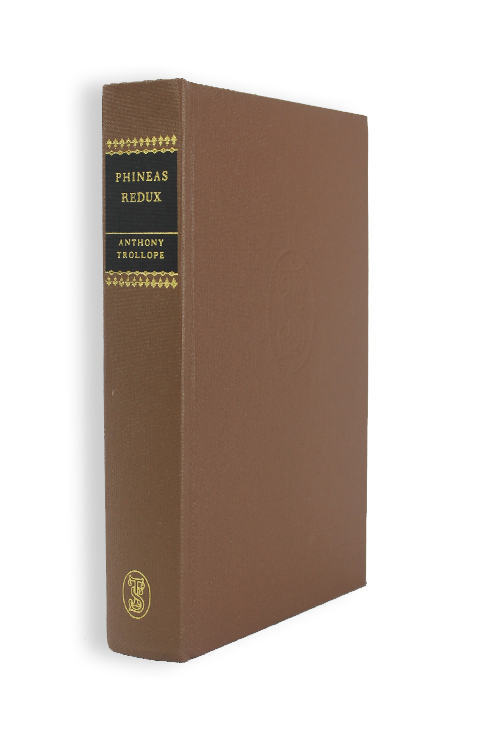Phineas Redux
£35.00
Available to members only
Introduction by Robin Gilmour
628 pages 24 original illustrations by Francis M. Hall
London, Chapman and Hall, 1874. 2 vols.
Originally published in The Graphic, July 19, 1873 – Jan. 10, 1874.
Out of stock
Phineas Finn left Trollope’s most romantic hero back at the foot of the ladder, in a state of subdued resignation. This splendid sequel opens seven years later. Phineas is now settled in a humdrum job in Dublin. His first love, Mary Flood Jones, has died in childbirth. His life is at a low ebb when, out of the blue, he receives an open invitation from his former Liberal colleagues to return to the fray. Taking a chance, as always, unencumbered with family, he accepts the challenge.
His return is full of drama. First, there is the unresolved problem of Lady Laura Kennedy – now separated from her obsessive and jealous husband, and living abroad with her father. Kennedy believes Phineas is the sole cause of his wife’s estrangement, and tries to shoot him. The affair is hushed up: Kennedy sinks rapidly into total madness, and dies. But worse is to follow.
Phineas Redux is a corrosive cat’s cradle of different shades of jealousy: and Phineas is the focus of most of them. Professional jealousy makes his rival Bonteen into an enemy – jealousy at the Irish puppy whose career is moving altogether too quickly upwards. One night there is a public quarrel at the Club. On his way home Bonteen is murdered. As in a nightmare, Phineas is slowly, almost incredibly, drawn into the web of suspicion; eventually to find himself in the dock, charged with murder. Jealousy, too, inspires Madame Max Goesler, the wealthy and enigmatic widow who secretly loves Phineas. It is her persistence and ingenuity which, in the nick of time, finds the evidence that acquits him.
Unnerved by his ordeal, Phineas leaves active politics altogether: and marries the beautiful Madame Max. Justice is served. Jealousy is put to rest.
